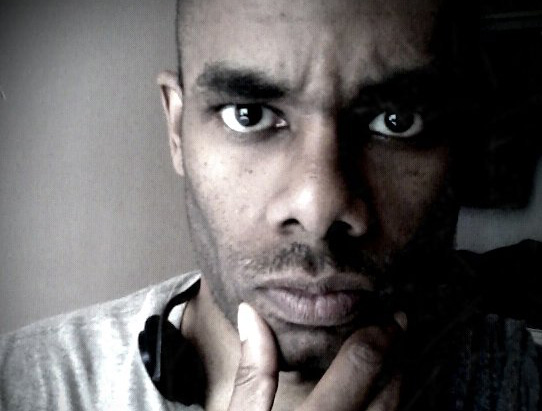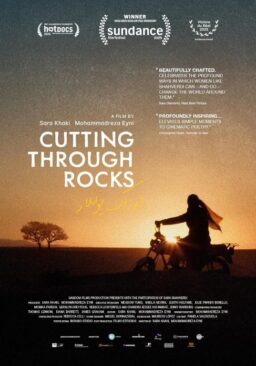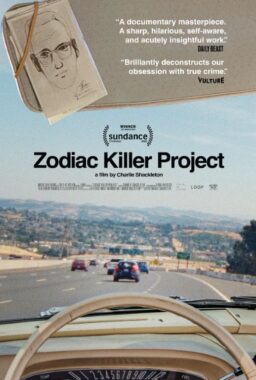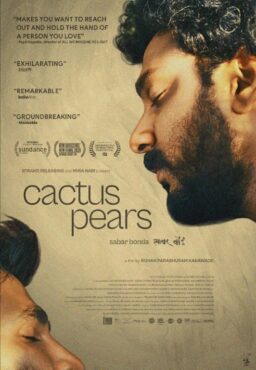It was the 1940s. My father, who was around 11 or 12, would walk along the railroad tracks between Elon, North Carolina and the neighboring town, Gibsonville, to catch a movie. He was returning home one afternoon when, from a ramshackle porch set back from the tracks, a white boy around his age shouted at him, “Hey, lookee there! It’s Niggerdemus! How you doing, Niggerdemus?” My father was furious. He stooped to pick up a rock to throw at the kid but hesitated, then dropped it. “If I had thrown that rock, we wouldn’t be here talking today,” he told me recently. He’s 85.
The documentary “A Crime in the Bayou” concerns a similar incident down in 1966 Louisiana, in which young white boys leaving a recently desegregated school taunted their black peers. Gary Duncan, an elder relative of two of the black boys, attempted to defuse the situation and ended up on trial for assault simply by patting one of the white boys on the shoulder. The legal saga that ensued eventually put longstanding wrongs of Southern justice on trial.
Filmmaker Nancy Buirski has an elegant, judicious way of imparting the facts of the case, taking not just the political temperature of the moment (boiling) but finely sketching the character and minds of the people involved. Having made two other acclaimed films on landmark civil rights cases, “The Loving Story” and “The Rape of Recy Taylor,” she’s got it down: people and relationships are paramount. A profound legacy, the friendship between Duncan and his young Jewish attorney, Richard Sobol, eventually rivals the outcome of their case.
Duncan’s bond with Sobol is a study in moral brotherhood. Sobol could have settled into a comfortable career at Washington D.C.’s prestigious “cause work” firm, Arnold, Fortis and Porter, but when Fortis turned out to prioritize money over cause, Arnold proved racist and Porter a drunk, he sought mentorship in the civil rights movement proper. The Lawyers Constitutional Defense Committee (LCDC) sent him to Louisiana to handle various cases, including Duncan’s. His commitment to the dangerous work was as rare as Duncan’s decision to plead not guilty. As Solis puts it, Duncan could have spared himself extensive jail time by pleading guilty, “but he chose not to. I don’t think there’s one in a hundred people who would make that choice. The guy is of steel about his rights.”
Duncan tells us where the steel comes from: “I thank god I had the parents that I had,” he says now, “because me, I probably would have just went up there and pled guilty, figured I’d pay a fine and go on about my business.”
Both young men would pay the price in jail time but would not submit.
The antagonist is just as vividly drawn. Leander Perez, the Plaquemines Parish, Louisiana District Attorney and power broker who fought like hell to deny Duncan justice at every turn, emerges as more than just a segregationist megalomaniac; his corruption oozes in every direction, from election fraud to embezzlement to illegal land deals. Footage of Perez in his white suits and Stetsons, removing a fat cigar from his lips only to passionately defy desegregation or slander the Jews, plays like something from a Stanley Kramer message film of the era. Perez’s “scientific” theories on black inferiority are pitiful comedy—Boss Hogg with a thesaurus. Thinking of James Baldwin’s warning about similar characters in 1967’s “In the Heat of the Night,” my laughter died quickly: The blinkered racists of that film “can be considered moving and pathetic only if one has the luxury of the assurance that one will never be at their mercy.”
My father got the hell out of Elon in 1955 at age 20, a year older than Duncan was in ’66, when the latter found himself stuck in jail in Plaquemines Parish on the bogus battery charge. The difference between the South of the mid-’50s and that of the mid-’60s comes down to a series of federal court decisions and new laws. By the time Duncan was on trial, the country outside of Plaquemines had been forced to change. Brown v. Board of Education, two civil rights acts and a voting rights act were already on the books. National conscience had been stirred by Rosa Parks, Emmet Till, the Little Rock Nine, Ruby Bridges, the Greensboro Sit-In, the March on Washington, the Birmingham church bombing, and Bloody Sunday. Yet Perez, a George Wallace ally, was preserving an apartheid reality that was not going quietly (and is still fighting reality in pockets of the South to this day).
Buirski is careful not to rush past the moments of moral self-inventory that Duncan and his lawyers faced at crucial turns. Sobol took up with the local law firm of Lolis Elie and stayed on beyond the window of his assignment, unlike most of his peers, lawyers who were just “passing through” in the interest of career and virtue laurels. Elie, a black attorney who made a point of reminding folks he grew up in a neighborhood dubbed “Niggertown,” recognized the need to retain a skilled white lawyer for combat in what were essentially white supremacy clearinghouses dressed as courthouses.
Beyond Duncan’s fate, the legal battle ultimately leads to a referendum on Louisiana’s legal system, which did not grant a jury trial for any case involving a sentence of less than two years. This left Duncan at the mercy of a Perez-appointed judge. After Sobol is jailed for practicing law without a license (another false charge), his powerhouse LCDC ally, Donald Juneau, arrives to raise hell.
After a series of appeals, imprisonments and a showdown at the Supreme Court, Sobol turns his attention to taking down Perez, in a lawsuit intended to draw national attention to the Plaquemines fiefdom. Here the film becomes a reflection on what LCDC lawyer Armand Derfner calls “the systems of pretend law that were prevailing in the Southern states.” (Elie’s son, the writer Lolis Eric Elie, provides some of the most searing commentary here.) Everything converges: just as the white boys used passive-aggressive taunts to menace the black boys Duncan defended, so does the legal system set similar traps for all black people. Lynching by myriad means.
It’s incredible that almost all the key participants were alive to tell their stories at the time of filming. Sobol remembers asking Juneau to check under his car for bombs before driving him away from Plaquemines jail. Juneau recalls a standard civil rights lawyer practice of the day: riding in armed caravans in case of ambush. Yet Sobol and Duncan survived and remained close friends until Sobol’s death in 2020.
“I look back now and I can’t believe we lived like that,” my father, just an ordinary citizen, no civil rights hero, says of the Jim Crow tyranny he was raised under in North Carolina. He’s not talking about bombs or fire hoses, just the everyday “Niggerdemus”-style indignities. “I tell you, white people were crazy.” I am curious to see his reaction to this film, in a time when basic ideas like voting rights are being contested a half century on, in the South he swore he’d return to only to visit.
Now playing in select theaters.




















